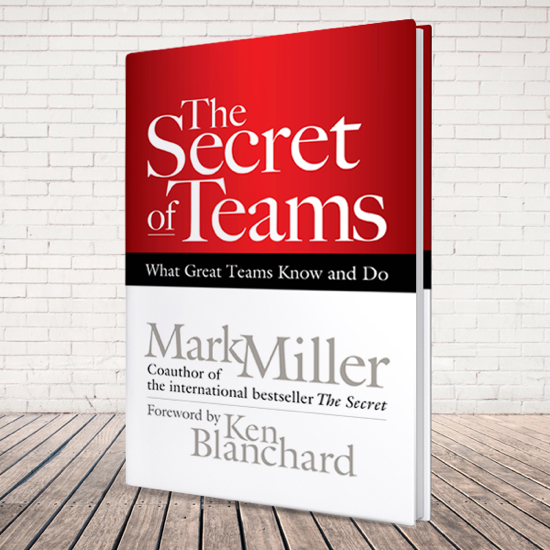This week I have been posting about attracting Top Talent. When Mark Miller and I wrote the Talent Magnet Field Guide one of the things we discovered the best of the best are looking for in an employer is, “A Bigger Vision.” In other words, they want to be a part of something great. Today Mark has agreed to guest post on one of the best practices from the Bigger Vision section. I hope you will read it and do a ‘vision alignment check’ in your organization.
The Big Picture: Leaders Ensure Alignment
What’s the hardest thing a leader has to do? Honestly, I’m not sure.
For me, it varies with the circumstances of the day. However, if I pull up and stop fighting fires and escape the entanglements of growing bureaucracy, I think I might vote for Ensuring Alignment.
Having seen our organization grow from less than two dozen staff to almost 2,000, I can say the task of keeping everyone aligned is mind-boggling. However, regardless of the difficulty factor, I believe Ensuring Alignment is one of the leader’s highest priorities – and one with incalculable returns.
For these reasons, I was not surprised when we began sorting through all we learned from our Top Talent research project about their expectations for their leaders, and landed on this idea of Ensuring Alignment as a leadership best practice. No organization drifts toward a big vision – you drift out to sea or over a waterfall, but you don’t drift to greatness.
Here’s an excerpt from the Talent Magnet Field Guide on this topic…
When organizations work together, they set themselves apart. Clearly, alignment accelerates impact. Leaders who want to position their organizations to accomplish a Bigger Vision must Ensure Alignment; only then can they harness the collective energy of those they lead. Without alignment, energy, productivity, and impact will suffer.
[Tweet “”When organizations work together, they set themselves apart.” #TalentMagnet”]
[Tweet “”In high performance organizations, alignment accelerates impact.” #TalentMagnet “]
Picture a tug of war. If leaders can get everyone in the organization on the same side of the rope pulling together toward the vision, their competition is in trouble. When everyone is in sync, not only is the existing workforce energized, but potential talent will be drawn to the team.
Alignment permeates every aspect of a high-performance culture. Leaders know they must model the way and continually work to train team members to embrace the vision, mission, values, systems, and strategy if they hope to execute at a high level. If they succeed, everyone wins. Additionally, they position themselves to be an employer of choice for Top Talent.
As a leader, you must choose where to invest your time. You can thrash away neck deep in the weeds of busyness or you can make a strategic decision to build an aligned culture. Choose to Ensure Alignment and you will be a step closer to becoming a place so attractive, Top Talent will be standing in line to work for your organization.

About Mark Miller
Mark Miller is the best-selling author of seven books, an in-demand speaker and the Vice President of High-Performance Leadership at Chick-fil-A. His latest book, Talent Magnet: How to Attract and Keep the Best People, Mark unveils the three critical aspects of a true talent magnet, and explores the deeper meaning of each in a clever and entertaining business fable.





 Today’s question comes from a leader who is familiar with some of my past work, specifically,
Today’s question comes from a leader who is familiar with some of my past work, specifically, 